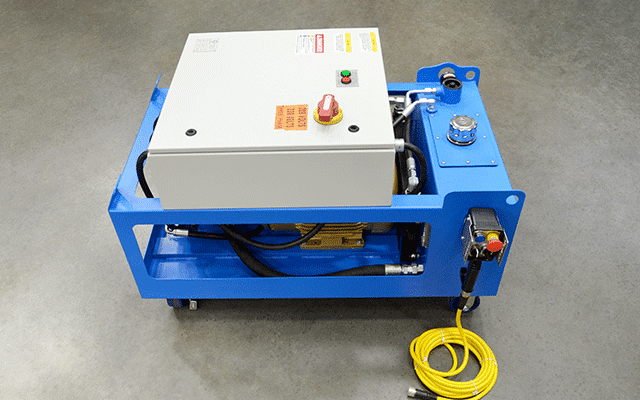Kaiser Permanente hit by pandemic but remains in the black in 2020

It can be been a tricky yr for vendors, payers and the entire healthcare ecosystem. That is mirrored in Kaiser Permanente’s 2020 financials, which have been declared late last 7 days. Functioning earnings fell about 19% in comparison to 2019, and net earnings fell all around fifteen%, however the nonprofit insurance provider and healthcare facility operator was ready to continue being in the black for the yr.
Whole working earnings elevated for the yr, growing from $84.5 billion in 2019 to $88.seven billion in 2020. But overall fees rose to $86.5 billion, practically a $5 billion maximize from the yr prior, while working earnings dipped from $two.seven billion to $two.two billion, representing two.5% of working revenues.
Kaiser’s well being system data showed 12.four million users, a obtain of about 110,000 users for the yr. The firm attributed these somewhat stable figures to endeavours it designed, along with the federal authorities and companies, to enable people sustain gains.
What’s THE Impression?
Calendar year-close financials are being viewed closely among people in the field as the healthcare procedure receives a handle on the comprehensive influence of the COVID-19 coronavirus.
That influence was felt by Kaiser Permanente in many strategies. Investment effectiveness through the yr resulted in overall other earnings and expenditure of $four.1 billion in 2020, in comparison to $four.seven billion in 2019. This overall, blended with working earnings, resulted in net earnings for 2020 of $six.four billion, in comparison to $seven.four billion in 2019.
Money expending totaled $four billion, in comparison to $three.5 billion spent the yr prior. As of December 31, the Kaiser Permanente community included 723 clinical workplaces, 39 owned and operated hospitals, and 56 retail and worker clinics.
Kaiser used its somewhat stable place to make investments on the COVID-19 front, pouring dollars and attention into devices, supplies, amenities and virtual systems. In 2020, the firm dealt with near to 600,000 people with the coronavirus, offering inpatient care to nearly 33,000 of them, and administered about four.8 million COVID-19 diagnostic assessments. It also distributed additional than forty three,000 home avoidance kits that contains masks, sanitizer, disposable gloves, and other things to lower the hazard of in-residence transmission.
As several other companies, Kaiser Permanente ramped up telehealth and distant care companies through the pandemic, delivering roughly 31 million virtual visits by means of movie and phone in 2020, and finished about four.six million e-visits. Associates frequented the member portal and cell application additional than 423 million occasions for routines this sort of as sending safe messages to clinicians, viewing lab effects and filling 42 million prescriptions.
THE Bigger Pattern
The route wasn’t normally smooth for Kaiser Permanente in 2020. In March, the healthcare large canceled options for a $900 million headquarters, which was to be positioned in Oakland, California, however the firm reported at the time that this was due to delays and charge raises additional than the pandemic itself.
The now-canceled developing was anticipated to decrease operational charges by additional than $sixty million every year, addressing amenities maintenance, inefficient utility expenses and growing commercial true estate leases.
In the midst of all that, however, Kaiser launched a “virtual-initially” healthcare system in Washington condition in September 2020, which was designed accessible on January 1. The new plan frames telehealth as a foundational modality of care for people with nonurgent concerns.
Also in 2020, Kaiser, in a collaboration with the National Well being Treatment for the Homeless Council, supplied $1 million to maximize capability for stopping and dealing with conditions of COVID-19 inside of the nation’s homeless inhabitants.
Twitter: @JELagasse
Email the writer: [email protected]







